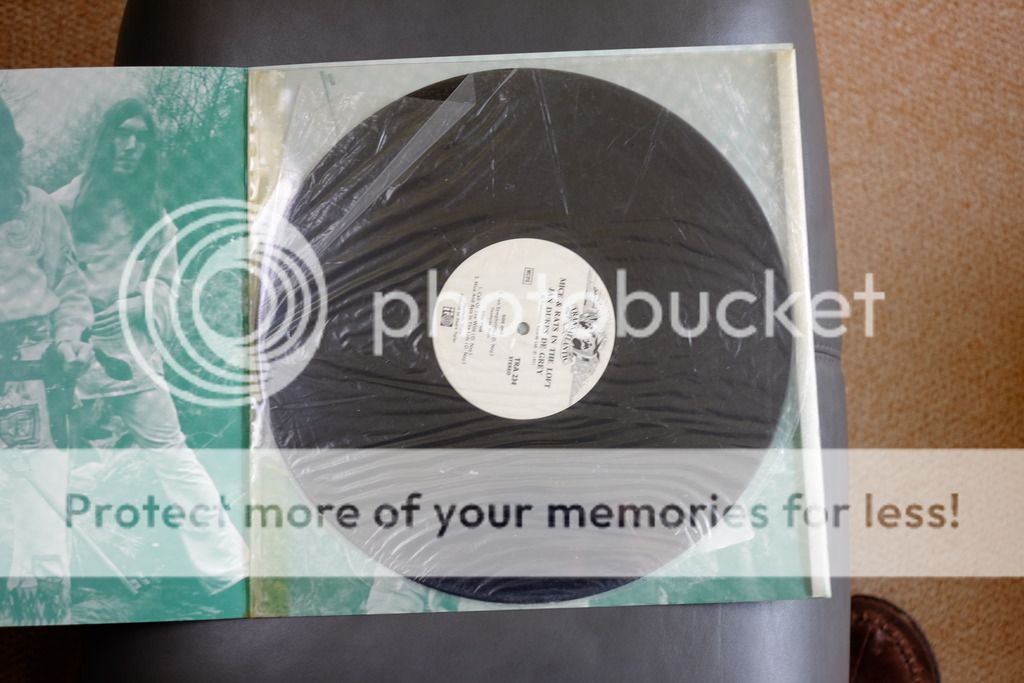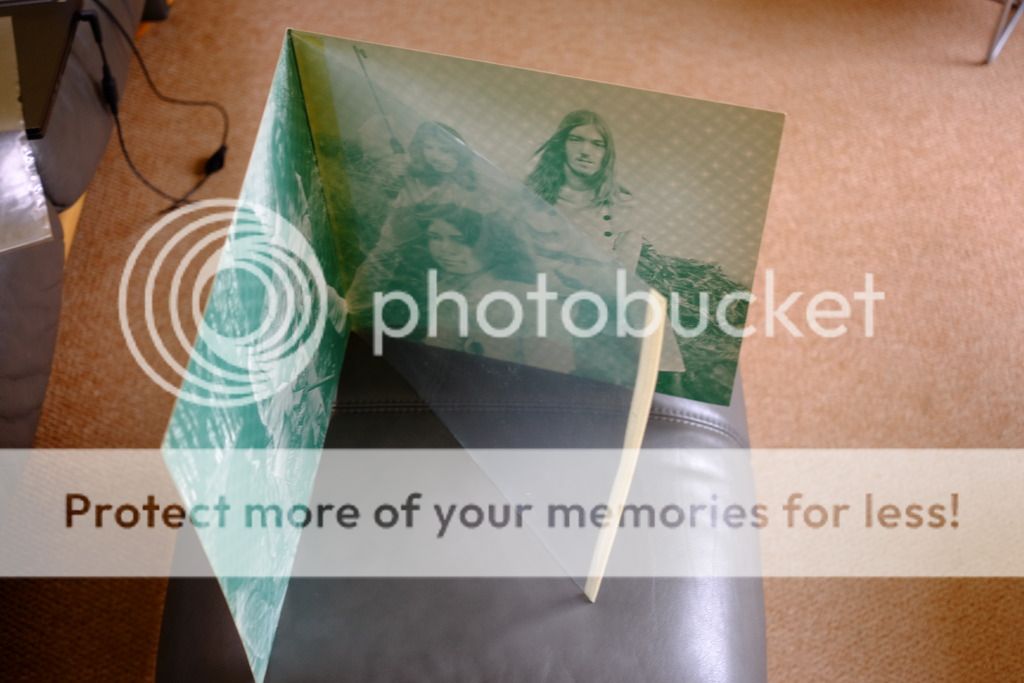Hi Daytona, speaking as someone who worked in the plastic film and surface coatings industry for a little short of 20 years, and especially involved with handling and antistatic properties of plastic films, I can say that, unfortunately, you have probably copied an awful lot of misinformation……………..
First off, no polymer of modest price is antistatic. No ifs, no buts. Cheap(ish) films that are genuinely antistatic are either coextruded, or more commonly, coated. Coatings reasonably easily wear off, coextruded layers are far more robust. Either way, what touches the film is not touching the base plastic film.
Where the antistatic properties of PE and PP nonsense comes from, I don't know, but it seems to be restricted to hifi/music forums. A quick search of industrial polymer/film extrusion/formulation websites will quickly dispel the myth.
All of the plastic films that you are likely to consider using for packaging are also effectively acid-free, although that term is far more properly applied to paper, not plastics.
ALL plastics, no exceptions, discolour and become brittle when exposed to short-wave light, and particularly UV. It is a very inconvenient fact of nature that the C-C bond strength corresponds of a photon energy in the UV – in other words – all C-C bonds are potentially destroyed by violet-UV radiation, and all polymers are long chains of - C-C-C -. How resistant to light any polymer is varies, but only specific UV-absorbers (such as carbon black - the best of all), extend life of plastics.
Just to complicate things, some plastics are resistant to charging, but are not antistatic in any conventional sense, they just do not generate static in the first place. Antistatic materials generally do charge-up but they dissipate the charge. To understand this better, you need to read about how static is generated by triboelectric charging (NOT by friction, which is even stated on the Oracle – Wikipedia. PTFE – Teflon – charges horrendously, but is not exactly high friction material.)
Polyethylene comes in myriad grades/molecular weight distributions. Clarity, scratch resistance (hardness), resistance to ageing effects, and much besides vary enormously as a consequence. It commonly contains processing aids, commonly fluropolymers.
Polypropylene – as per polyethylene – myriad grades and appearances. Polypropylene film in particular generally contains processing aids, commonly glycerol mono-stearate (GMS) which is NOT a plasticiser – GMS, glycerol and stearic acid are very slowly lost from polypropylene films.
PVC – as per polyethylene – myriad grades and appearances. As a film it will be plasticised, very commonly using complex phthalate esters – which are mostly what warm PVC film smells of. Plasticisers are slowly lost from PVC films, which means that they become progressively less pliable/more brittle. It would take a very long time for any plasticiser to make its way through a card LP sleeve, and if you use an inner plastic sleeve, even longer to reach the actual record.
(BO)PETP film – bi-axially orientated polyethylene terephthalate - commonly called Mylar in the US, chemically a polyester – as per polyethylene – myriad grades and appearances. May contain processing aids, but these are commonly inorganic, non-volatile chemicals such as silica.
 . The only downside I see is that I cant read the spine if stored on a shelf
. The only downside I see is that I cant read the spine if stored on a shelf








